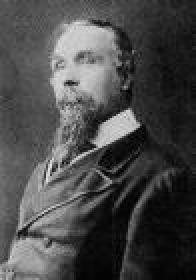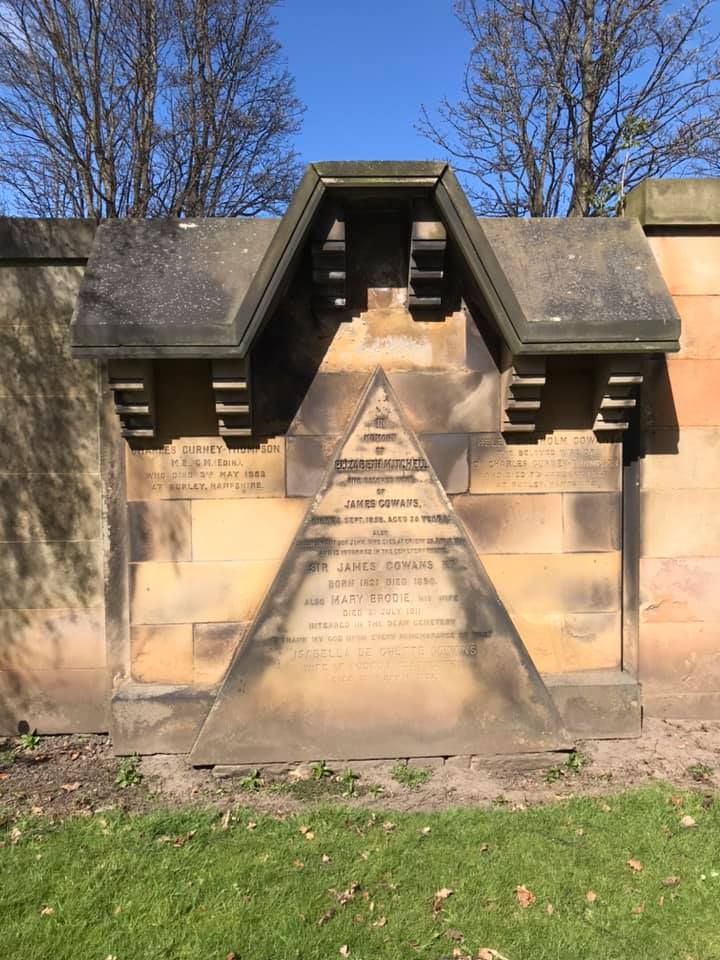Bio by: JK Gillon
Inscription
In memory of ELIZABETH MITCHELL, beloved wife of James Gowans, died 26 Sept 1858 aged 28; also their infant son, JOHN, died at Crieff 25 apr 1858 and is interred in the cemetery there; SIR JAMES GOWANS kt born 1821, died 1890; MARY BRODIE, his wife died 21 July 1911 and is interred in the Dean Cemetery; ISABELLA de GROTTE GOWANS, wife of Robert Clapperton, died 12 April 1931.
Left panel:
CHARLES GURNEY-THOMPSON MD CM (Edin), died 3 May 1953 Burley, Hampshire.
Right:
HELEN CHISHOLM GOWANS, wife of Dr Charles Gurney-Thompson, died 7 Jan 1948 at Burley, Hampshire.
Family Members
Advertisement
See more Gowans memorials in:
Records on Ancestry
Advertisement








